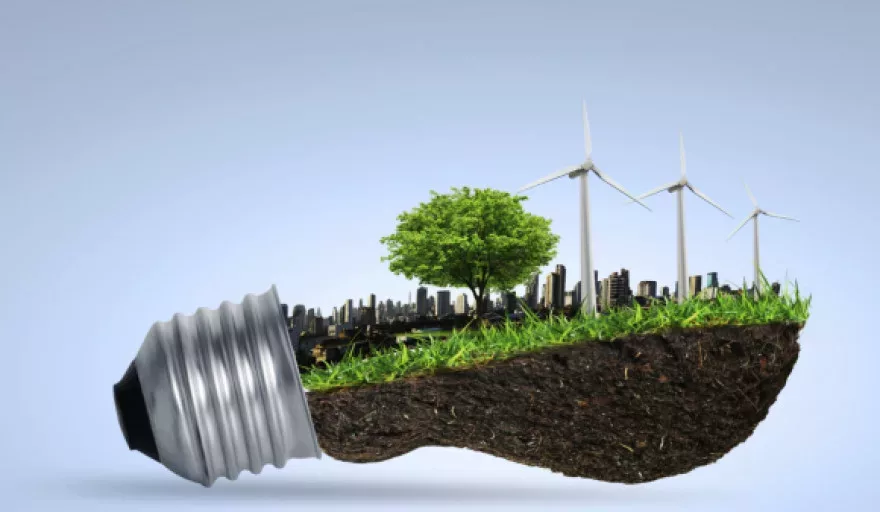DISTRIBUTED GENERATION
There is a revolution underway. The energy industry is undergoing a radical transfer of power from the generator to the consumer. But as another famous revolutionary, Che Guevara said: “the revolution is not an apple that falls when it is ripe. You have to make it fall”.
The lesson is that revolutions can’t be left untended. People need to drive change to take place. They need to steer it to ensure the outcome is better than the status quo. This is true of the European power industry right now. Such rapid change can be tricky and governments need to do more to secure a smooth transition.
So, what is this revolution? It comes with a familiar cry of ‘power to the people’. Moves towards distributed and community generation are literally putting power into the hands of consumers, allowing them to produce their own energy and sell the excess back into the grid.
The timing couldn’t be any better for Europe. It’s no secret that, across the continent, countries have struggled since the financial crisis and are still seeing little in the way of GDP growth. And although energy demand has fallen in recent years due to mild winters and increased energy efficiency, Europe still needs to replace aging fossil fuel power plants and deal with the phasing out of nuclear generation in some countries.
This is an urgent concern. In 2014 alone, 13 gigawatts were removed from the European market while only eight gigawatts were added. That’s a five gigawatt net reduction in capacity in the space of a year.
And that figure just goes to show that it’s not easy to replace decommissioned baseload power plants with large-scale capital intensive installations alone. These are expensive projects to undertake and in the current economic climate, large infrastructure plans can be difficult to get off the ground.
POWER TO THE PEOPLE
Across Europe, power is going back to the people and going local. It has to. In fact, there are more than 5,000 energy communities in the UK alone, and the numbers are increasing across Europe as a whole.
This is welcome. Distributed generation is more secure than traditional centralised models, given that it decentralises risk and relieves dependency on large assets, the failure of which would be catastrophic. And it’s more efficient too. Community generation can act as the foundation of a more flexible power system; one that scales up or down according to demand, avoiding the production of unused energy and keeping the lights on when the supply can’t quite meet peaks.
But of course it’s not perfect. For a start, community generation is typically based on renewable generation sources like wind and solar power. And, as we all know, such sources are all-too-intermittent in their output.
ENERGY STORAGE
Energy storage has the potential to be the biggest breakthrough of our time. By allowing the system to hold on to our excess energy – instead of letting it go to waste – storage will play a crucial role in keeping the lights on when margins are squeezed. And it will also reduce the pressure on the sector to build more capacity into the system just to cover for big peaks in demand.
However, energy storage isn’t quite there yet. Its potential to be a game-changer won’t be realised until commercial solutions are widely available. While products like the Tesla Powerwall represent real progress, governments will need to help if the technologies are to really take off. Only states can incentivise the market to develop new solutions; and we’ve seen this work well for both solar and wind power. If Europe is serious about its aims for flexible power, then it must implement market levers and design schemes that support innovative technology development and its implementation.
THE GRID
The other big issue is the grid. The current system was designed to carry power down-the-line from large baseload plants. It simply wasn’t created with the idea of multiple inputs from decentralised generation in mind.
This century calls for a truly smart grid. But building one is no mean feat. It requires a fundamental rebalancing of the relationship between generators and networks. They will need to form closer links, communicating how the network needs to be adapted and where best to add connections.
These are real and difficult challenges. But no revolution was ever easy. This one is worth it. A flexible power system, underpinned by community generation and energy storage can provide and make use of energy on a more efficient and sustainable basis; avoiding blackouts along the way. That’s a future worth fighting for.
These topics will feature heavily at this year’s POWER-GEN Europe and Renewable Energy World Europe, taking place in Milan, Italy on 21-23 June, 2016.


































